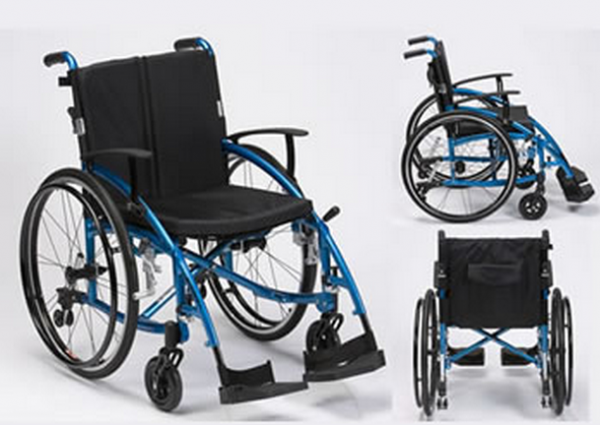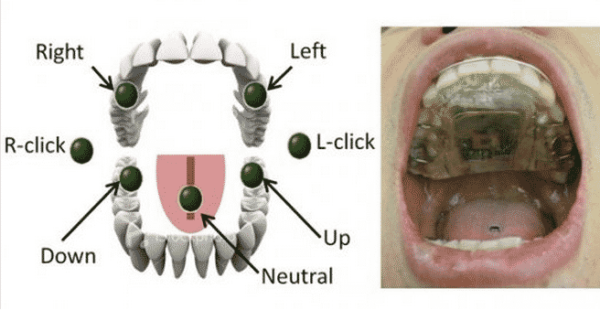Are you tired of controlling the wheel chair manually? Are you bored with the same controlling system of the wheel chair? Don’t worry. Now you can control your wheelchair and move around just like magic. It’s like some invisible thing is moving or pushing/pulling your wheelchair. Wow! What would you call this wheelchair? ‘Ghost Wheelchair’?
A group of Engineers at the Georgia Institute of Technology (GIT) have created a device to control anything (especially for wheelchairs) with a combination of a magnetic tongue piercing and a paired retainer. This is quite different but unique and impressive. It is especially designed for those people who suffering with debilitating spinal cord injuries and diseases. In simple word, just pressing the tongue the wheelchair moves.
The system is called the Tongue Drive. It has two parts. One is a small magnet which is attached to the tip of the tongue via sticky, piercing or implantation. There is a headset with two 3D magnetic sensors mounted on it. The other one is a mobile device like iOS devices or the iPhone or iPod Touch. The system is a waterproof retainer on the roof of the mouth which contains a Li-ion battery, induction coil for charging and several magnetic contact points to detect the position of the tongue-mounted magnet. When the system beams the signal wirelessly to a mobile device, it converts those commands. To be noted, different beams provide different signals, more accurately different commands. In simply word, the headset picks up the location of the tongue via the magnet and transmits that information to a smartphone.
The engineers are specifically looking to replace ‘sip-n-puff’ system for controlling wheelchairs through using the Tongue Drive. The lead Georgia Tech researcher, ‘Maysam Ghovanloo’ designed the Tongue Drive software that is able to convert the position of the tongue into joystick or mouse movements, allowing the severely disabled to control a wheelchair or computer. “This device could revolutionize the field of assistive technologies,” Ghovanloo said.
Being hope that, it will be very useful to disable people and they are gonna welcome it.




